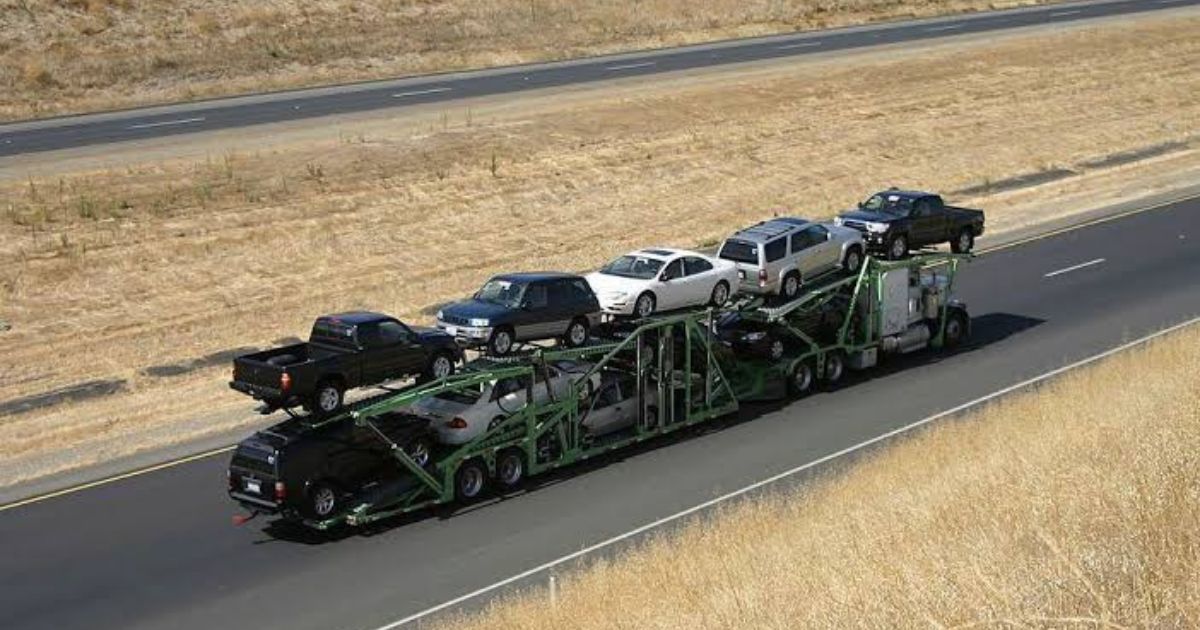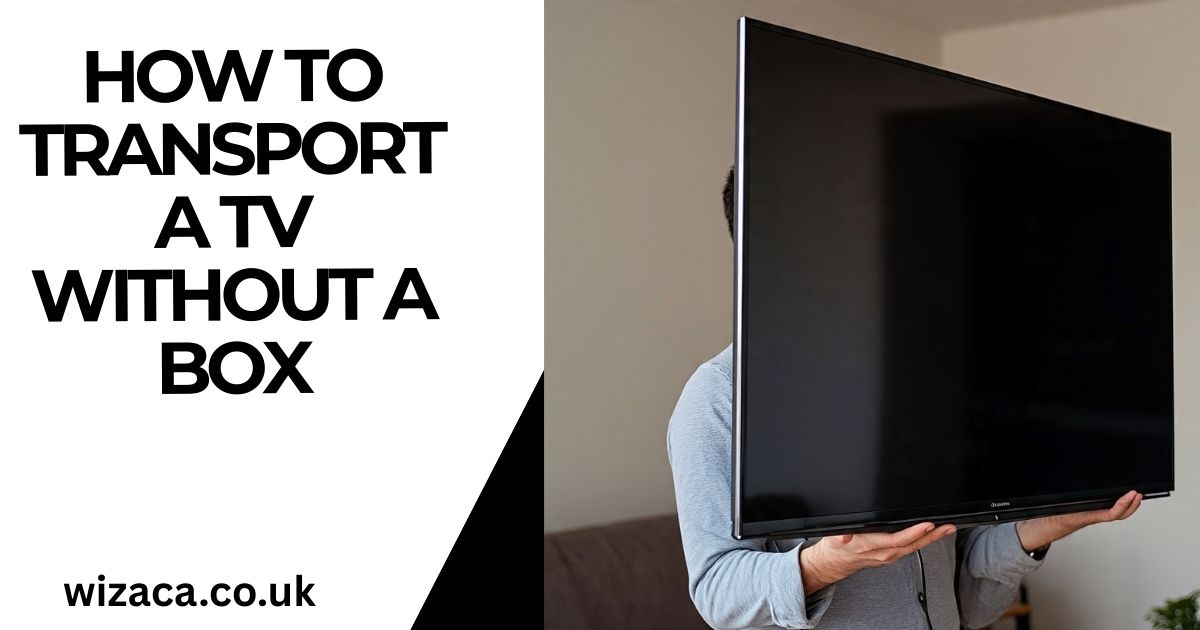Moving a car across state lines requires careful planning to ensure it arrives safely and legally. Whether you’re driving it yourself, shipping it, or towing it, this guide covers all your options.
1. Best Ways to Move a Car Across States
📌 Tip: The best option depends on budget, distance, and personal preference.
2. Driving the Car Yourself
✔ Pros: Cheapest option, flexible schedule.
✔ Cons: Long driving hours, wear and tear on the vehicle.
Steps to Drive Across States
✔ Check Car Maintenance – Oil change, tire pressure, brakes, and fluids.
✔ Plan Your Route – Use Google Maps and identify gas stations and rest stops.
✔ Pack Essentials – Emergency kit, snacks, and important documents.
✔ Check State Laws – Some states require specific insurance or emissions compliance.
📌 Tip: Take breaks every 2-3 hours to avoid fatigue.
3. Using a Car Shipping Service
✔ Pros: No mileage added to the car, stress-free.
✔ Cons: More expensive, requires advance booking.
Types of Car Transport
🚛 Open Carrier Transport – Affordable but exposes the car to weather.
🚗 Enclosed Transport – Protects the car but costs 30-50% more.
Steps to Ship Your Car
✔ Get Quotes – Use websites like Montway, uShip, or AmeriFreight.
✔ Choose a Transporter – Check reviews, licensing, and insurance.
✔ Prepare Your Car – Remove valuables, lower fuel to 1/4 tank, and take photos.
✔ Drop-Off & Wait for Delivery – Transport takes 3-10 days, depending on distance.
📌 Tip: Book 2-4 weeks in advance for the best rates.
4. Towing the Car with a Trailer or Tow Dolly
✔ Pros: Great if you’re renting a moving truck.
✔ Cons: Requires towing knowledge, slower travel.
Types of Towing Equipment
✔ Tow Dolly – Lifts front wheels, good for front-wheel-drive cars.
✔ Car Trailer – Lifts the entire car, ideal for AWD or long trips.
Steps to Tow a Car
✔ Rent a Tow Dolly/Trailer from U-Haul or Penske.
✔ Secure the Car Properly – Use wheel straps and safety chains.
✔ Drive Slower – Stay under 55 mph to prevent swaying.
📌 Tip: Check your moving truck’s towing capacity before renting equipment.
5. Hiring a Professional Driver
✔ Pros: Personalized service, can transport pets/luggage.
✔ Cons: Expensive, requires trust in the driver.
How to Find a Driver
✔ Use services like Auto Driveaway or TaskRabbit.
✔ Check reviews and driving records before hiring.
✔ Get a contract detailing costs and insurance coverage.
📌 Tip: Ideal for luxury or specialty vehicles needing extra care.
6. Shipping a Car by Train
✔ Pros: Lower cost than enclosed carriers.
✔ Cons: Limited availability (Amtrak Auto Train runs only between Florida and Virginia).
Steps to Ship by Train
✔ Book through Amtrak or a freight company.
✔ Drop the car off at the terminal.
✔ Pick it up at the destination station.
📌 Tip: This is a good option for East Coast relocations but not widely available elsewhere.
7. Cost Breakdown by Distance
📌 Tip: Shorter moves are cheaper to drive, but long-distance moves may be better for shipping.
8. Important Documents for Moving a Car
✔ Vehicle Registration & Title – Required for interstate transport.
✔ Insurance Coverage – Confirm coverage for long-distance travel.
✔ Driver’s License – Required if hiring a professional driver.
✔ Transport Contract – If using a shipping company.
📌 Tip: Update your vehicle registration if permanently relocating to another state.
9. Common Mistakes to Avoid
10. FAQs
1. What is the cheapest way to move a car across states?
Driving it yourself is the cheapest option. If shipping, open carrier transport is the most affordable.
2. How long does car shipping take?
Most cross-country shipments take 3-10 days, depending on distance and transport type.
3. Can I pack personal items in my car during shipping?
Most shipping companies do not allow personal items, but some may permit under 100 lbs in the trunk.
4. Do I need insurance to ship my car?
Yes, most transport companies include basic insurance, but you may need extra coverage for high-value cars.
5. Is it better to tow a car or drive it?
✔ Drive it if the car is in good condition and under 1,000 miles.
✔ Tow it if moving with a truck rental or avoiding mileage on the car.
Final Thoughts
Moving a car across states is easiest when you plan ahead, compare costs, and choose the right method. Whether driving, shipping, towing, or hiring a driver, ensure the car is secured, insured, and ready for the journey! 🚗📦✨
Also Check:
• How to Transport a Car from One State to Another
• How to Transport Cars Safely and Efficiently
• Can You Haul a Car on a Utility Trailer?










